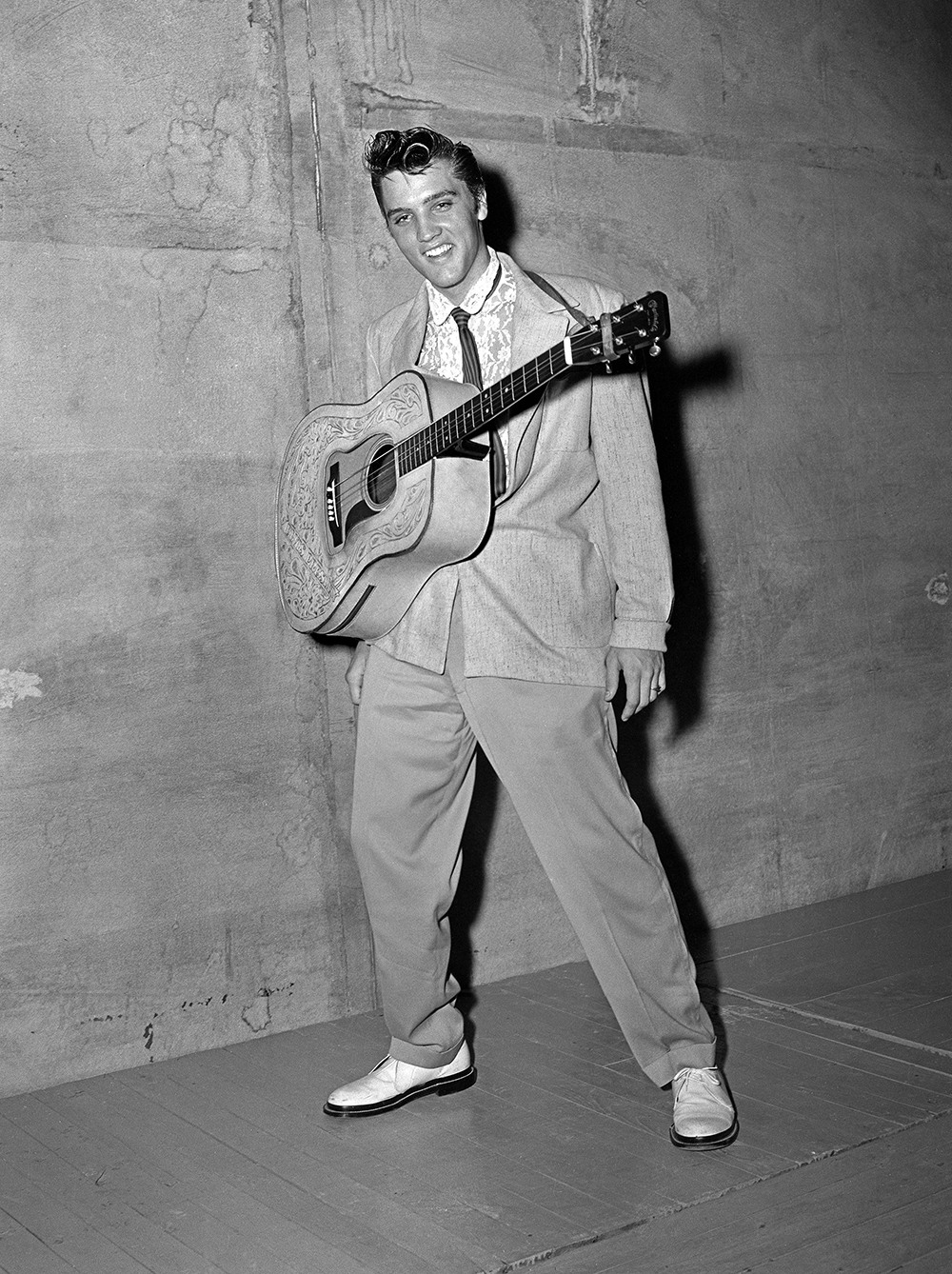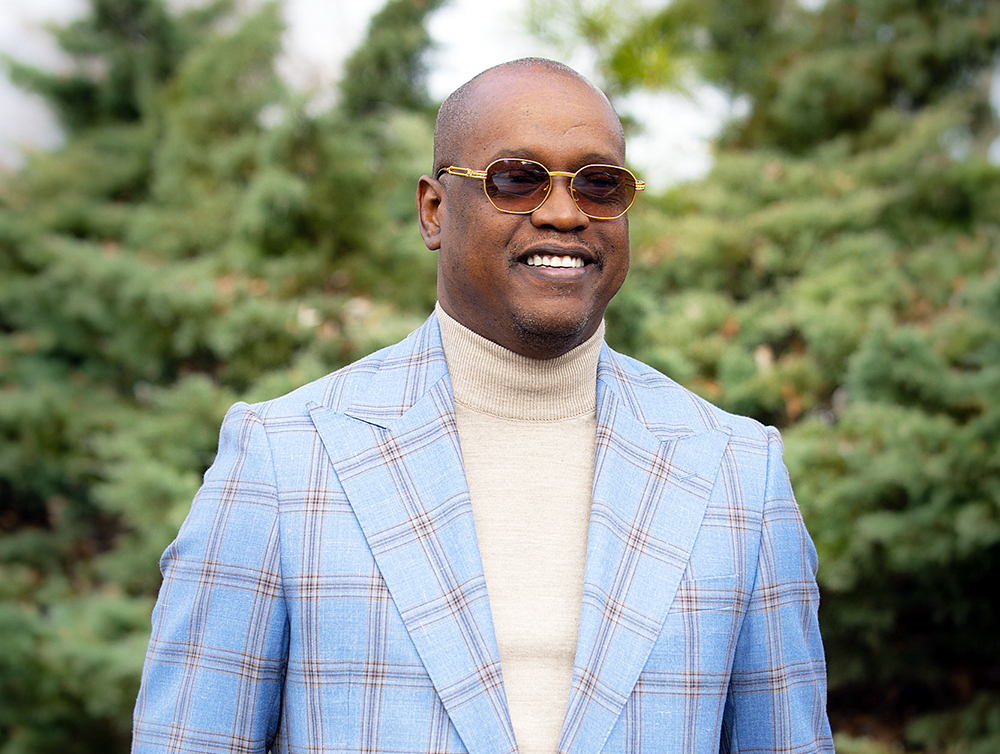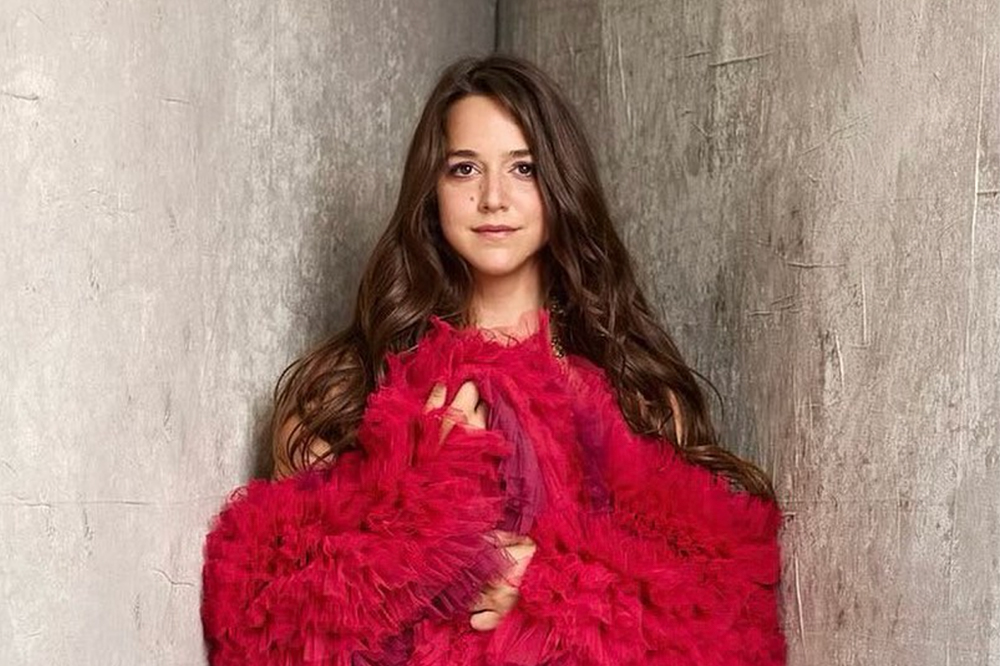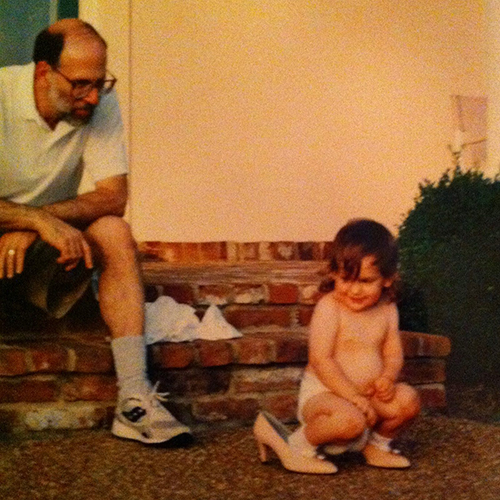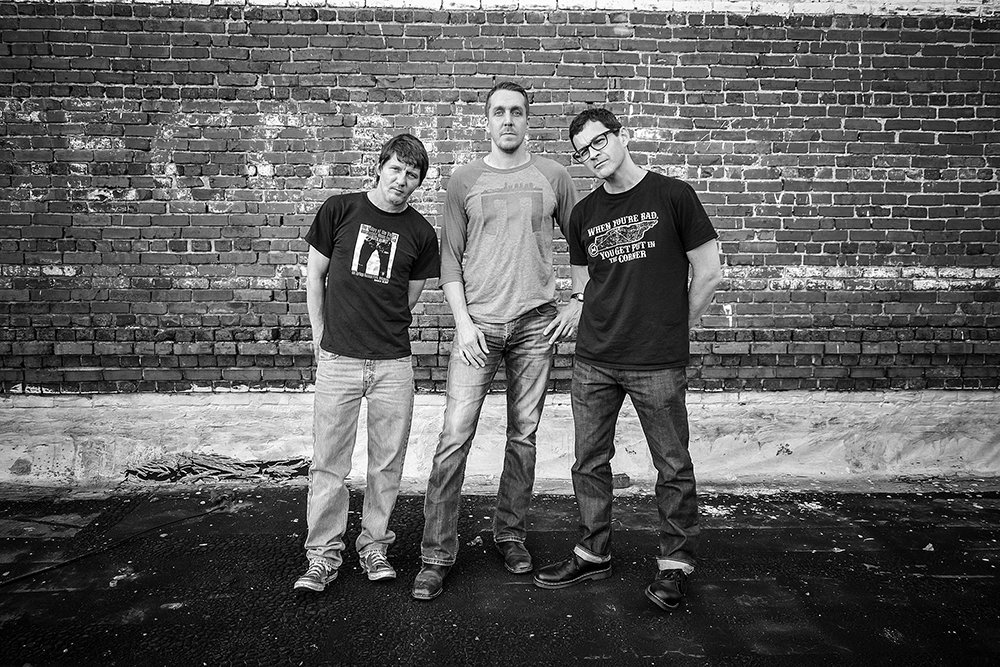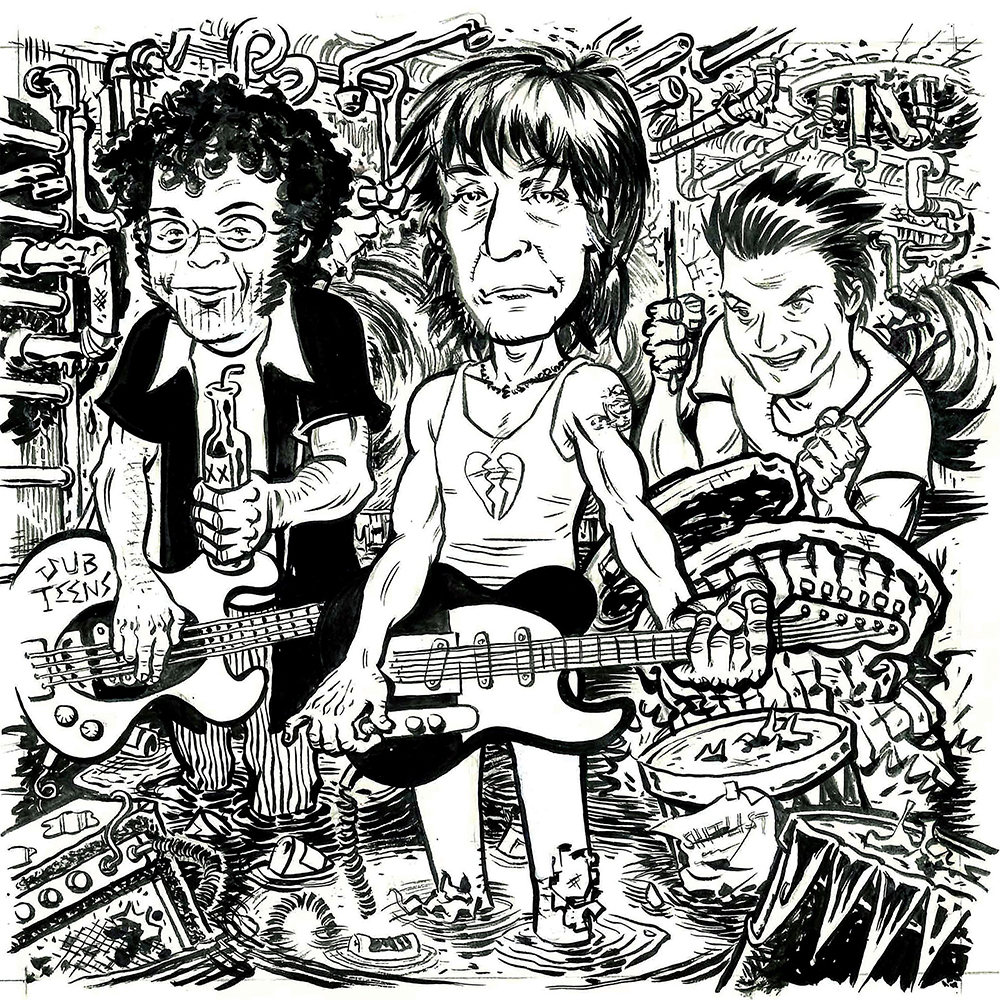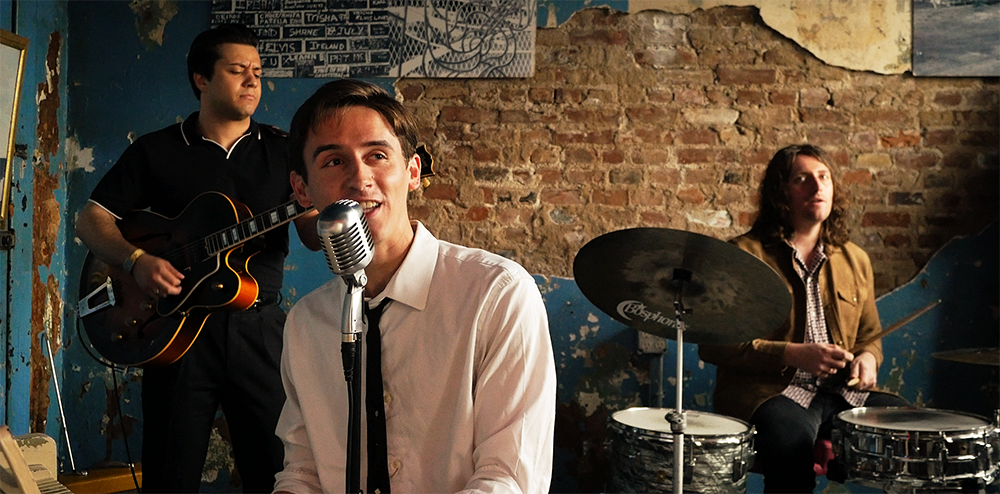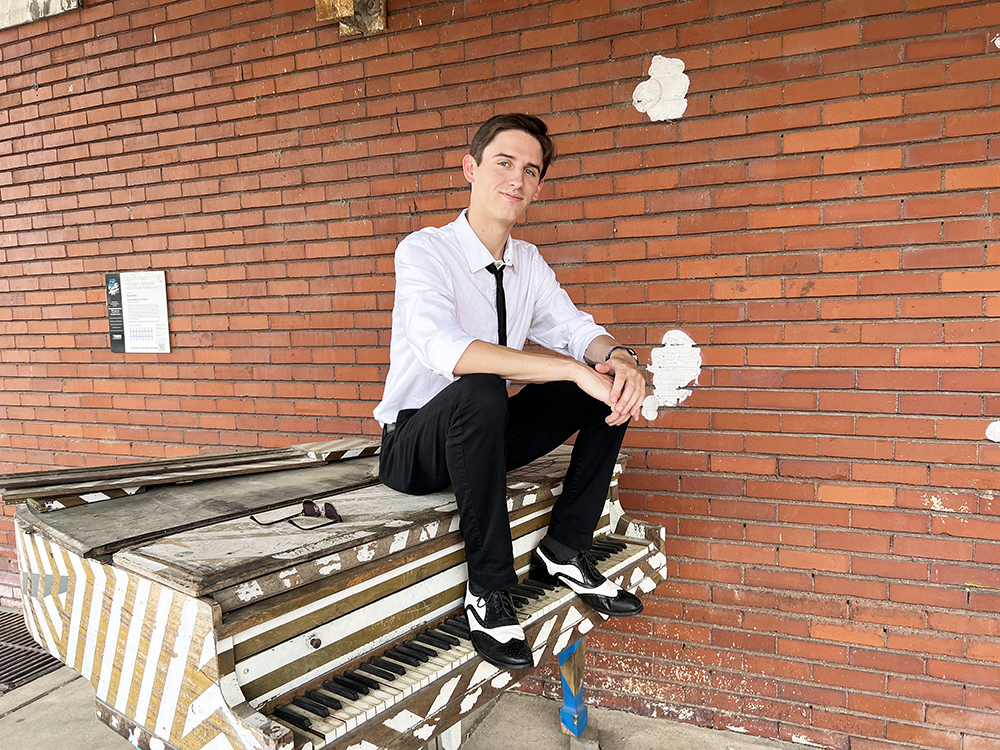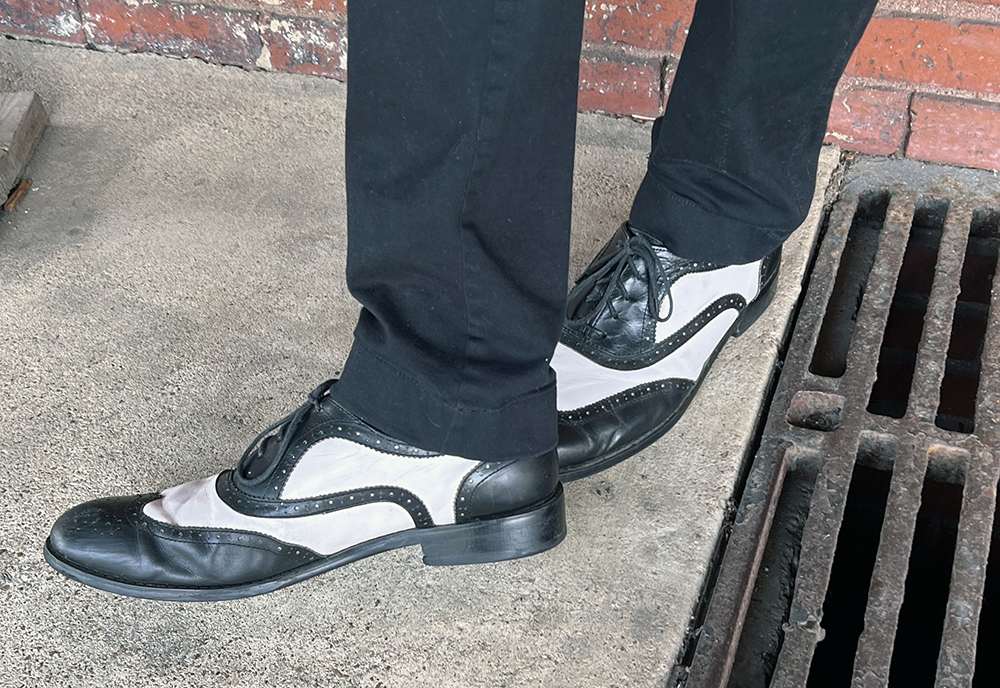When I arranged to interview Dywane “MonoNeon” Thomas Jr., the Bluff City’s hardest working bass virtuoso since Duck Dunn, and an auteur in his own right, the plan was to talk about his latest album. “Okay,” I thought, “I’ll give it a listen,” and pulled up the latest release on Bandcamp: MonoNeon on Synthesizer. It’s fantastic! A tour de force of thick Moog sounds, chock-full of inventive harmonies and sonic textures that Tomita himself would envy. There was only one problem: We weren’t supposed to be talking about that new album; it was the other one, due to drop on July 26th, the one featuring both George Clinton and Mavis Staples. “Okay,” I thought, “that new album.”
It’s hard to keep up with such a prolific artist. Since 2010, he’s created at a furious pace, from his trademark YouTube videos wherein his bass mimics found spoken word clips, to one-off singles (like 2016’s “Ruff Enuff,” produced by Prince), to full-on albums — 29 of them, if you count EPs. And if some of those have a real “I built this in my bedroom” quality, the production standards and arrangements have steadily, inexorably evolved over the years.
Which brings us to Quilted Stereo, album number 30. It’s the ultimate expression of MonoNeon’s ongoing evolution and sophistication so far, without sacrificing any of his unpredictability and inventiveness. And several of the tracks have been out there already, including “Quilted,” his single featuring George Clinton.

As none other than IMAKEMADBEATS noted on social media when the track was released in March, “MonoNeon not only just dropped a song with goated funk legend George Clinton and Parliament-Funkadelic, the whole song is MEMPHIS AF. The hook is literally ‘LOOK AT ME MANE.’ C’mon, bruh. Mane really brought George Clinton to US. THAT’S LEGENDARY. AF. People are really out here putting on for Memphis in innovative ways … both the mainstream and the alternative.”
When I caught up with MonoNeon last week, fresh off a European tour, he spoke of his working relationship with Clinton as a very organic, low-key phenomenon. “I met George two years ago, when I sat in with him at some music festival. And although our relationship is pretty new, I go down to Tallahassee a lot, to hang with him and his family. It wasn’t forced, it just happened in a casual fashion. He’s a pretty chill person.”
The song itself is a perfectly Clinton-esque ode to flying your sartorial freak flag high, even if that means wearing suits made of multicolored quilts. It’s a sentiment that Mr. “Get Dressed” himself can obviously relate to. And yet, as MonoNeon relates, the song, co-written with his longtime producer Davy Nathan and the rapper Wax, was practically an afterthought.
As he explains, the tune is “about my whole aesthetic right now that I’m on, with my quilted clothes. And it came about when I was doing one of my videos, where I’m just acting up, you know, talking about how clean I am. A friend of Davy’s said, ‘That could be a song!’ His name is Wax; he’s a rapper. And we started writing the lyrics. My idea was to get George to do an intro for it and to feature him on the song.”
Nathan, as it turns out, is a key player in the MonoNeon universe. His home studio in Los Angeles is where MonoNeon does most of his recording these days, but their understanding goes deeper than your typical producer-artist relationship. “I usually always write my own songs,” says MonoNeon, “but when it comes to writing songs with other people, I usually go to him. He’s one of my best friends and a mentor, and I trust him with my vision. He understands me; he understands my little quirkiness. He’s really been helping me, seeing how he works and his way of writing — just being around him has really inspired me.”
Nathan also played a major role in MonoNeon’s collaboration with Mavis Staples on the song “Full Circle.” The title was apt, given the ties between the Staples family and MonoNeon’s own father. “I always wanted to do a song with Mavis, because I grew up listening to her, and she reminded me of my grandma, but also because my dad [Dywane Thomas Sr.] played bass with her and her father Pops Staples. So I’ve always been so in love with Mavis and her singing.
“Before this album, I told Davy, ‘I want to do a song with Mavis.’ I wasn’t sure if he was going to happen or not, but I told Davy, ‘Man, I’m going to let you have this, and I’m going to let you write a song, and hopefully me and Mavis can sing on it.’ So he sent me the song ‘Full Circle,’ and it was great. They sent it to Mavis and she loved it. She even told me that she prayed and prayed about it. And so it came to be. When we met in Chicago to record her vocals, I walked in the room and got butterflies.”
The song, with its doo-wop-ish vocal bass riff evoking some gospel funk of the last century, is a stylistic home run, but that’s just one selection from an album as eclectic as any MonoNeon’s made. There’s the sing-along jam with Clinton, but also the chugging New Wave pop of “Church of Your Heart,” the jungle beat rap of “Segreghetto,” and what may just be the sparkling sizzler of the summer, “Jelly Roll,” full of glossy synth warbles and bass stabs, its video overflowing with extras seemingly right out of the Crystal Palace roller-skating scene of some years ago. Memphis AF.
It all has MonoNeon excited to be touring with new material, which he’ll soon be doing across the U.S. next month, culminating in his appearance at the Overton Park Shell on August 30th, followed by more European dates in the fall and winter. “I’m happy to be back home, but I’m ready to go back out,” he says. “I just want to be on stage and just continue evolving and continue to leave my little stamp down here before I get up out of this world. That’s all that matters to me.”

